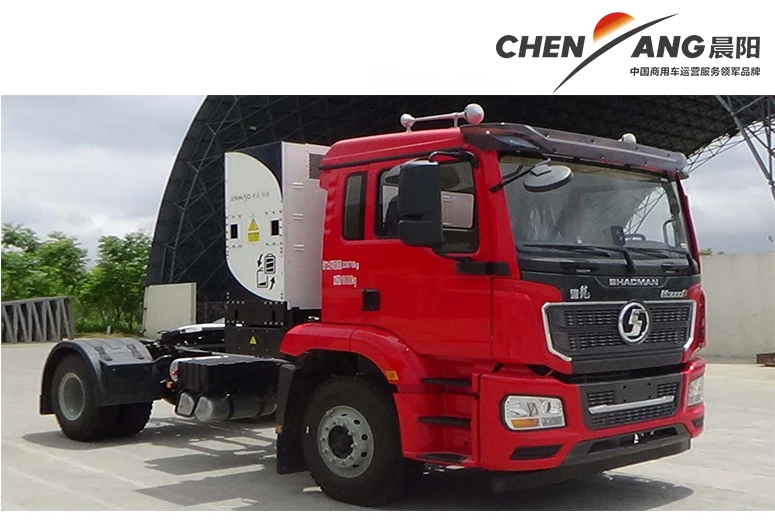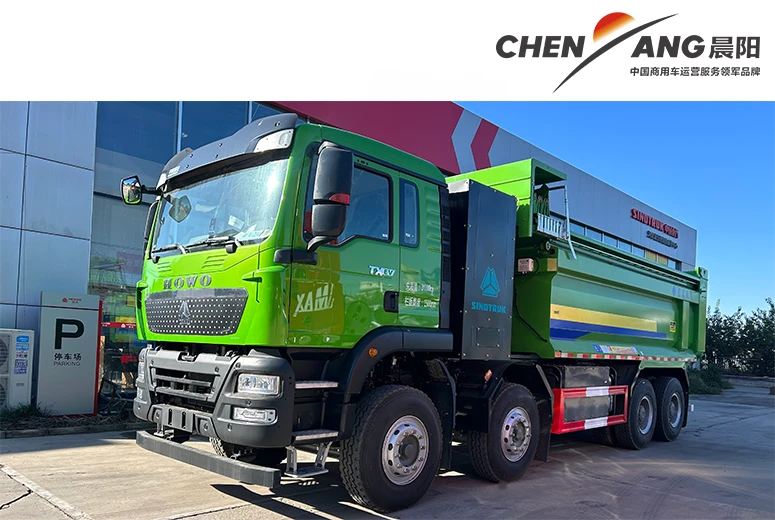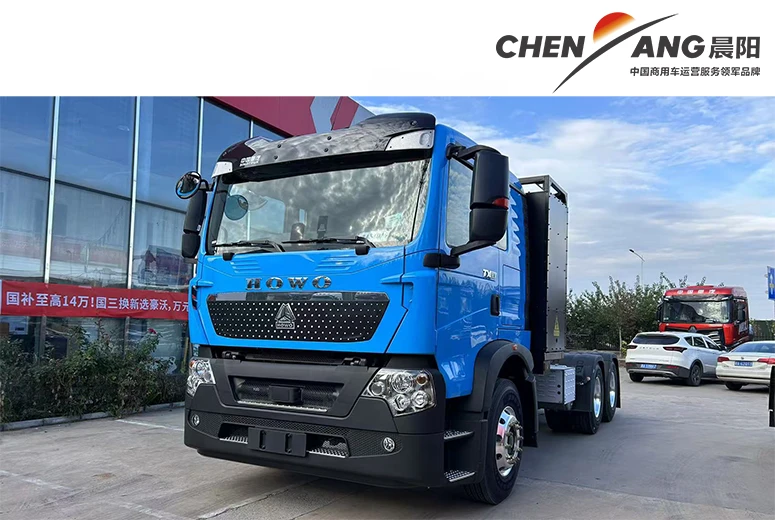New Energy Vehicle
New energy vehicles (NEVs) are an innovative class of vehicles designed to reduce reliance on traditional fossil fuels and minimize environmental impact. These vehicles primarily include electric vehicles (EVs), plug-in hybrid electric vehicles (PHEVs), hydrogen fuel cell vehicles (FCVs), and other advanced technologies that utilize alternative energy sources.
Electric vehicles (EVs) operate solely on electric power stored in batteries, offering zero tailpipe emissions. They are charged through electric outlets and charging stations, making them an eco-friendly option for urban commuting and beyond.
Plug-in hybrid electric vehicles (PHEVs) combine conventional internal combustion engines with electric propulsion. They can run on electricity alone for a limited range before switching to gasoline or diesel, offering flexibility for longer trips without the worry of running out of charge.
Hydrogen fuel cell vehicles (FCVs) use hydrogen to generate electricity through a chemical process, emitting only water vapor as a byproduct. FCVs are known for their rapid refueling times and longer driving ranges compared to traditional battery-electric vehicles.
Additionally, there are solar-powered vehicles and other innovations in development that leverage renewable energy. The growing popularity of NEVs reflects a significant shift towards sustainable transportation, driven by advancements in technology and increasing environmental awareness among consumers and governments alike.
-

-

-

SHACMAN M3000E 4x2 Electric Tractor Truck Heavy Cabinet Edition
-

-

-

-

-

-

-

SHACMAN M3000E 8x4 Electric Dump Truck Mining Enhanced Edition
-

-

What Are The Environmental Benefits Of New Energy Vehicles?
New energy vehicles (NEVs) provide several critical environmental benefits that contribute to a more sustainable future. One of the primary advantages is the reduction of greenhouse gas emissions. Traditional gasoline and diesel vehicles emit carbon dioxide (CO2) and other harmful pollutants that contribute to climate change and air quality degradation. In contrast, electric vehicles (EVs) produce zero tailpipe emissions, significantly lowering the overall carbon footprint of transportation, especially when charged with renewable energy sources.
Additionally, NEVs contribute to improved air quality. Urban areas often suffer from high levels of air pollution due to vehicle emissions, leading to health issues for residents. By replacing conventional vehicles with NEVs, cities can reduce harmful pollutants such as nitrogen oxides (NOx) and particulate matter, which are associated with respiratory problems and cardiovascular diseases.
NEVs also promote the use of renewable energy. Electric vehicles can be powered by solar, wind, or hydroelectric energy, reducing dependence on fossil fuels and supporting a transition to cleaner energy systems. Furthermore, hydrogen fuel cell vehicles (FCVs) produce only water vapor as a byproduct, making them a viable option for reducing emissions in sectors that are challenging to electrify, such as heavy-duty transport.
Finally, the production and use of NEVs encourage advancements in battery recycling and sustainable manufacturing practices, fostering a circular economy and reducing resource depletion. Overall, NEVs play a vital role in combating climate change and creating a healthier planet.
How Do I Choose The Right New Energy Vehicle For My Needs?
Choosing the right new energy vehicle (NEV) involves several important considerations to ensure that the vehicle meets your specific needs and lifestyle. First, assess your driving habits. Consider how often you drive and the typical distances you cover. If most of your trips are short commutes or urban driving, an electric vehicle (EV) with a range that fits your daily needs may be ideal. For those who frequently take longer trips, a plug-in hybrid electric vehicle (PHEV) or hydrogen fuel cell vehicle (FCV) may offer the flexibility needed to travel without range anxiety.
Next, evaluate charging options. For EVs, determine if you have access to home charging infrastructure or nearby public charging stations. This convenience can significantly influence your ownership experience. Some EVs offer fast-charging capabilities, allowing for quicker recharges during long trips, so consider vehicles that fit your charging needs.
Budget is another key factor. NEVs can vary significantly in price, from entry-level electric cars to high-end models. Factor in potential savings from fuel costs, maintenance, and government incentives that may apply to NEV purchases.
Lastly, consider the environmental impact and vehicle features. Research the energy efficiency ratings and emission levels of various models. Look for advanced features like regenerative braking, connectivity options, and safety technologies that enhance the driving experience. By considering these aspects, you can select an NEV that aligns with your lifestyle, budget, and environmental values.









